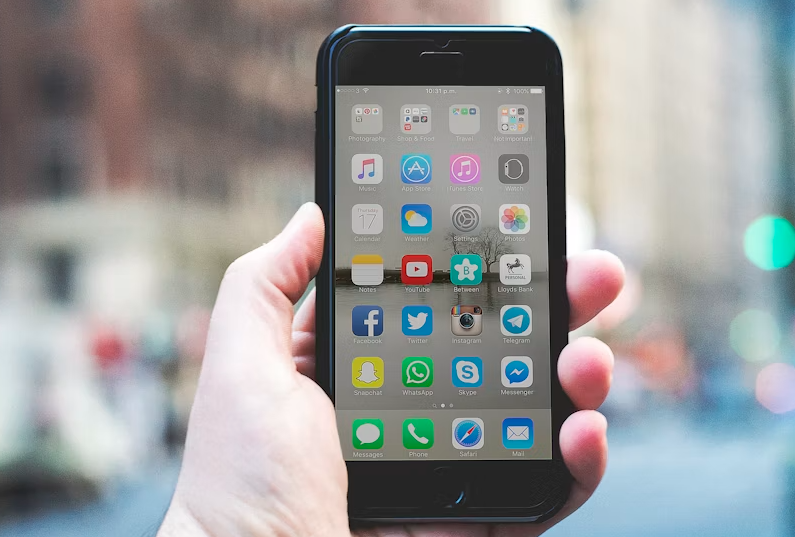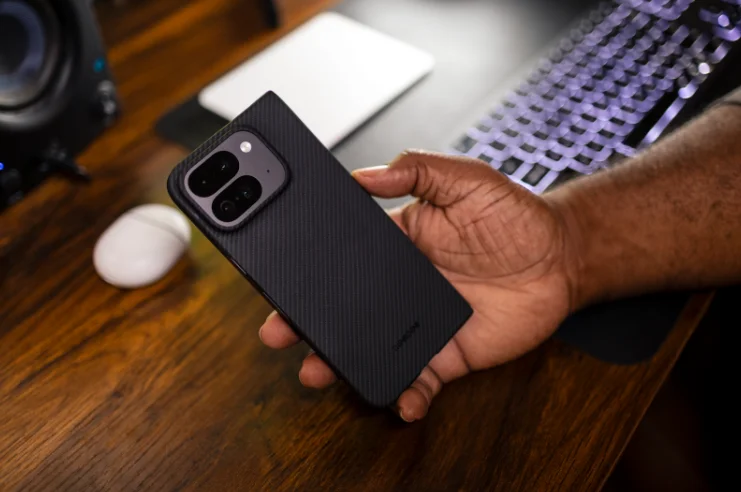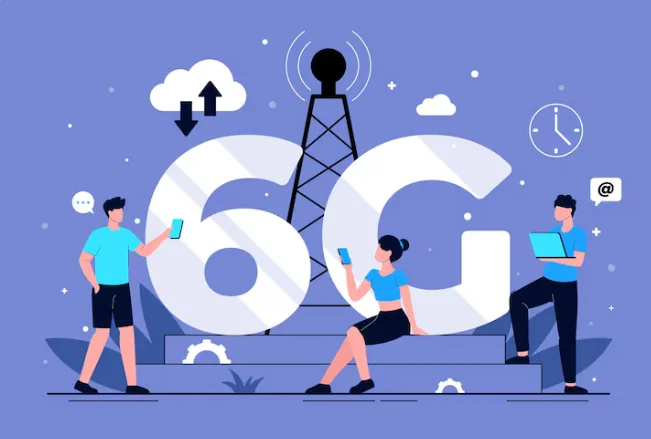iOS App Testing in 2025: Why Real Devices Still Matter More Than Simulators

As the iOS ecosystem grows more complex with every update, testing mobile apps accurately is becoming increasingly necessary. In 2025, Apple’s iOS 17 and the upcoming iOS 18 bring deeper hardware-software integration, meaning simulators fall short in replicating how apps perform under real-world usage. While simulators speed up early development, real devices remain indispensable for final validation.
This blog explores why iOS app testing on physical devices, especially iPhones, still matters and how ignoring it can lead to app failures after launch. You’ll also see how Chrome QA Lab helps brands deliver stable, bug-free iOS apps across models, OS versions, and network conditions.
Emulator vs Simulator vs Real Device – What’s the Difference for iOS App Testing?
Before we get into the reasons, let’s clarify the tools. Emulators mimic hardware and OS behavior, commonly used for Android. Simulators, primarily for iOS, replicate the OS environment but don’t simulate actual hardware. Neither can reproduce biometric sensors, actual touch latency, network interruptions, or real battery consumption.
In contrast, testing on real devices accounts for hardware diversity, physical interactions, and environmental variables. This matters when your app needs to respond seamlessly to swipes, gestures, face ID, and low-signal scenarios, none of which simulators can mimic precisely.
Early-stage vs Final-phase Testing
Simulators work well during development, for layout previews and functional debugging. But once features stabilize, switching to real iPhones is critical to catch UX issues and performance gaps that only manifest on physical hardware.
Top 5 Reasons Real Devices Still Matter in 2025
Even with improved simulator fidelity, real iPhone app testing delivers far superior results. Here’s why:
- Hardware-Specific Features
Features like haptic feedback, GPS accuracy, Face ID, and camera access perform differently on real iPhones. You won’t catch gesture misfires or sensor lags in a simulator.
- Accurate Performance Metrics
Simulators don’t show real-world CPU, memory, or thermal behavior. Testing on a device exposes battery drain, frame drops, and background process slowdowns.
- Network & Environment Replication
Only a real device can mimic real-world interruptions, such as incoming calls, poor connectivity, or switching between Wi-Fi and 5G during app use.
- iOS Device Fragmentation
Even within Apple’s ecosystem, behavior differs across models (e.g., iPhone 13 vs iPhone 15 Pro Max) and OS versions. Simulators can’t reflect all device+OS combinations.
- True UX Validation
Real-world gestures, scrolling smoothness, tap accuracy, and in-hand responsiveness are things only a physical device can reveal. Especially critical for consumer apps and e-commerce platforms.
When Simulators Are Still Useful for iOS App Testing?
That doesn’t mean simulators have no place. They’re perfect for early-stage debugging, quick layout checks, and CI/CD pipelines where fast feedback is key.
- Integrated into CI/CD Pipelines:Simulators are lightweight and fast, which makes them ideal for automated tests triggered on every code commit.
- Cost-Effective UI Spot Checks:Designers or testers can run quick visual inspections across screen sizes before engaging real device testing teams.
How Chrome QA Lab Powers Real-Device iOS App Testing
Chrome QA Lab combines 10+ years of mobile testing experience with a real-device infrastructure covering all major iPhone models, from legacy devices to the latest releases.
With 750+ projects completed and a 91% customer retention rate, our team ensures your iOS app is tested under real network conditions, various lighting environments, and edge-case user interactions. Whether it’s a fintech app requiring fingerprint testing or an AR app needing camera precision, we test it like real users would.
We simulate interruptions (calls, notifications), monitor app behavior under load, and validate across iOS versions, so nothing is left to chance before App Store submission.
Conclusion
In 2025, trusting simulators alone is risky. They simply can’t recreate the complexity of real-world use. iOS app testing on real devices is still the gold standard for stability, performance, and user satisfaction.
Chrome QA Lab helps you go beyond surface-level QA and delivers a complete, accurate, and production-ready testing experience, on real iPhones. Don’t ship blindly. Test smart.
FAQs
Why can’t simulator testing alone be trusted for iOS apps?
Simulators can’t emulate hardware functions like gestures, sensors, or real network behavior, leading to blind spots in app testing.
How many real iPhone models should be included in testing?
Target the most-used devices from analytics. A good baseline includes at least 3–5 devices covering both older and the latest models.
Does real device testing slow down QA cycles?
Not if managed correctly. Parallel execution on device clouds reduces total time while improving bug detection accuracy.
Can Chrome QA Lab integrate with our CI/CD workflows?
Yes, Chrome QA Lab supports seamless integration with your pipelines using BrowserStack, Appium, and other frameworks.
What real-world iOS bugs are often missed by simulators?
Battery drain during background use, gesture lag, sensor misreads, or network-switch crashes are common issues simulators overlook.
Is it expensive to test on real devices at scale?
It’s more affordable than post-release bug fixes. Chrome QA Lab offers scalable test coverage with fast turnaround using physical device labs.

The Hidden Business Power of Storytelling Through Books

Diamond Painting Apps & Digital Tools for 2025 Artists

Pallet Wood Sourcing: Ethical and Sustainable Practices

Accelerating drug discovery through the DEL-ML-CS approach

AI in Marketing Is No Longer a Buzzword — It’s the Strategy

The Full Guide To Penetration Testing

Pixel 10 Pro Fold Case: Why Choose Aramid Fiber?

MT4 for Mac vs Windows: Which Version Works Better for Traders








